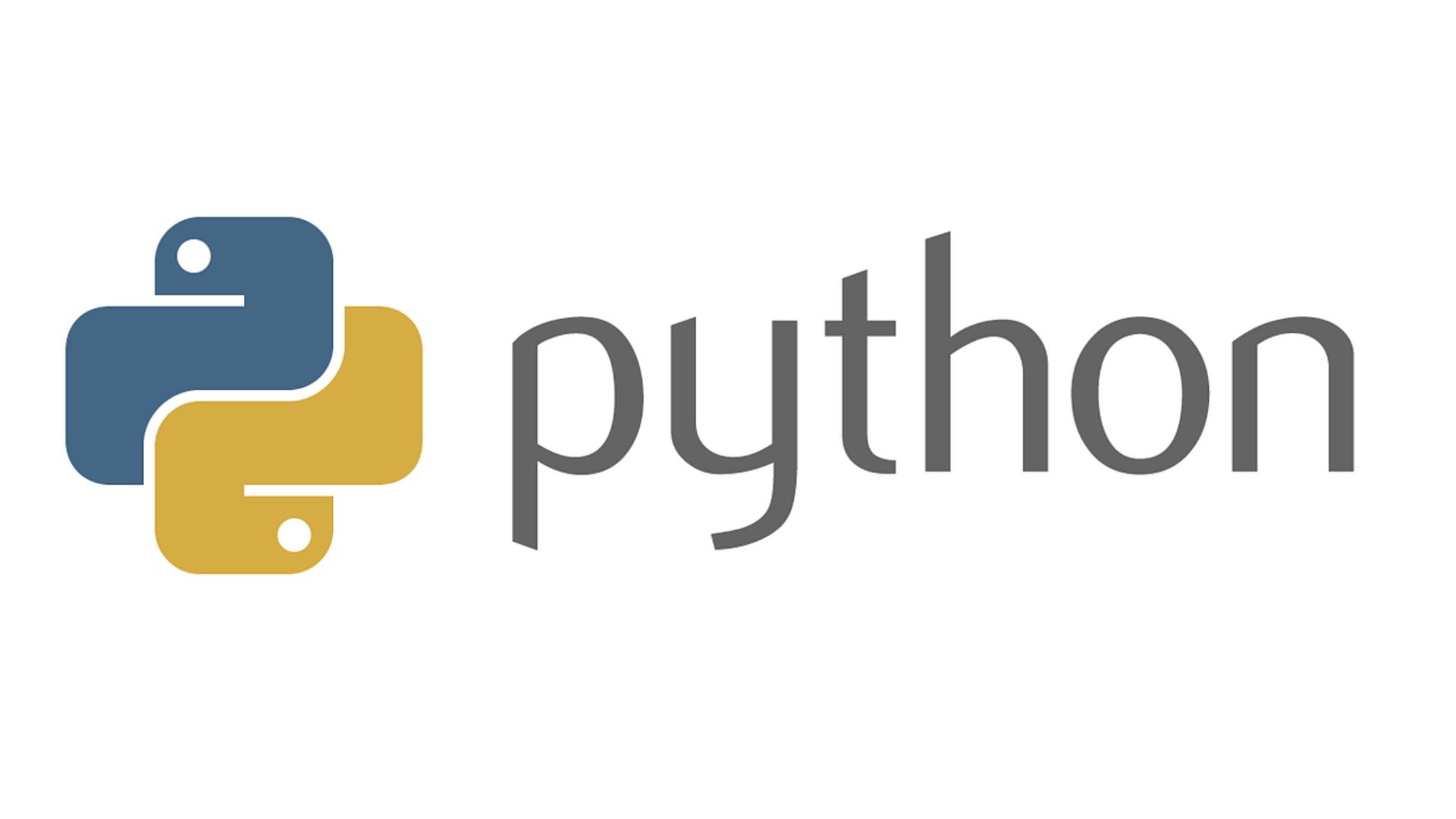
User engagement is paramount for the success of any business app. It’s not just about having users download the app; it’s about keeping them actively engaged and coming back for more. To achieve this, it’s crucial to understand and track key metrics such as Daily Active Users (DAU), Monthly Active Users (MAU), session length, and retention rate. These metrics provide insights into how users are interacting with the app and where improvements can be made. Streamlining the user experience (UX) is another essential aspect. This involves optimizing app navigation, minimizing loading times, and ensuring an intuitive design that makes it easy for users to accomplish their tasks.
Implementing push notifications can also significantly boost engagement by keeping users informed about new features, promotions, or personalized updates tailored to their interests. Incorporating gamification elements adds an extra layer of engagement by introducing challenges, rewards, and progress tracking, making the app more enjoyable and interactive. Social media integration further extends the app’s reach by allowing users to share their achievements and invite friends to join, fostering a sense of community and driving user engagement.
Finally, continuous improvement and feedback mechanisms are vital for staying relevant and meeting user expectations. Regularly gathering feedback, analyzing user behavior, and iterating based on insights ensure that the app evolves with the changing needs and preferences of its users, ultimately leading to sustained engagement and business success.
How to Increase User Engagement in Your Business App
Continuous improvement and feedback mechanisms are integral to maintaining user engagement in a business app. By actively soliciting feedback from users through surveys, in-app feedback forms, and app store reviews, developers gain valuable insights into user preferences, pain points, and suggestions for improvement. Analyzing this feedback allows for prioritizing feature updates and bug fixes, demonstrating responsiveness to user needs and preferences. Moreover, conducting A/B testing on new features or design changes helps in understanding what resonates best with users and optimizing the app accordingly.
This iterative approach to app development ensures that the app remains competitive and continues to deliver value to its users over time. Additionally, fostering a sense of community within the app through user forums or social media groups encourages user engagement and loyalty. By implementing these strategies, businesses can create a dynamic and engaging app ecosystem that keeps users coming back for more, driving long-term success and growth.
Table of Contents
Boosting User Interaction in Business App

Boosting user interaction in a business app is essential for driving engagement, retention, and ultimately, business success. Understanding user behavior through metrics such as daily and monthly active users, session length, and retention rate is paramount in gauging the effectiveness of interaction strategies. Streamlining user experience (UX) by optimizing navigation, minimizing loading times, and ensuring intuitive design enhances user satisfaction and encourages prolonged app usage. Implementing push notifications tailored to user preferences can re-engage users, inform them about new features or updates, and prompt return visits.
Incorporating gamification elements such as challenges, rewards, and progress tracking adds an element of fun and motivation, increasing user engagement and loyalty. Social media integration allows users to share achievements, invite friends, and create a community within the app, amplifying its reach and fostering a sense of belonging. Continuous improvement through feedback mechanisms ensures that the app evolves in line with user needs and preferences, reinforcing user satisfaction and long-term engagement. By adopting these strategies, businesses can effectively boost user interaction in their apps, leading to enhanced user satisfaction, retention, and overall success.
Furthermore, integrating features like in-app surveys, feedback forms, and reviews facilitates direct communication with users, enabling businesses to gather valuable insights and address concerns promptly. This proactive approach not only strengthens user engagement but also fosters a sense of community and ownership among users. Regular updates based on user feedback demonstrate a commitment to improvement and innovation, instilling confidence and loyalty in the user base.
Moreover, leveraging data analytics to track user behavior and preferences allows for targeted optimizations and personalized experiences, further enhancing user interaction and satisfaction. By fostering a dynamic and user-centric environment within the app, businesses can cultivate long-lasting relationships with their users and drive sustained growth and profitability.
Understanding User Engagement Metrics
Understanding user engagement metrics is paramount for any business app aiming to thrive in today’s competitive digital landscape. These metrics serve as the pulse of app performance, offering invaluable insights into how users interact with the platform. Daily Active Users (DAU) and Monthly Active Users (MAU) provide a snapshot of user engagement over specific time periods, indicating the frequency of app usage. Session length reveals the duration of user interactions, shedding light on the depth of engagement. Additionally, retention rate measures the percentage of users who continue using the app over time, highlighting its ability to captivate and retain users.
By comprehensively understanding these metrics, app developers and marketers can make informed decisions to optimize user experiences, tailor content, and implement targeted engagement strategies. Whether it’s refining user interfaces to enhance navigation, optimizing push notification campaigns to re-engage users, or introducing gamification elements to increase interaction, a deep understanding of user engagement metrics serves as the cornerstone for driving app success and fostering lasting user loyalty.
Furthermore, user engagement metrics provide a dynamic feedback loop for app improvement and innovation. They not only offer insights into current user behavior but also serve as benchmarks for evaluating the effectiveness of new features or updates. By closely monitoring these metrics, app developers can identify trends, patterns, and areas of concern, allowing for agile adjustments and iterative enhancements.
Moreover, understanding user engagement metrics enables businesses to segment their user base effectively, catering to different user preferences and behaviors. For instance, identifying power users versus casual users can inform targeted marketing campaigns or feature developments tailored to each segment’s needs. Ultimately, a robust grasp of user engagement metrics empowers businesses to make data-driven decisions, optimize resource allocation, and drive sustainable growth in an ever-evolving digital landscape.
Streamlining User Experience (UX)
Streamlining user experience (UX) in your business app is paramount for ensuring user engagement and satisfaction. A seamless and intuitive interface can significantly enhance user interaction and retention rates. To achieve this, focus on optimizing every aspect of the app’s design and functionality. Start by prioritizing simplicity and clarity in navigation, ensuring that users can easily find what they need without confusion or frustration. Additionally, minimize loading times by optimizing code and leveraging caching mechanisms to deliver content swiftly. Consistency in design elements and visual cues across the app fosters familiarity and enhances usability.
Conduct thorough usability testing to identify pain points and areas for improvement, iterating on the design based on user feedback. Embrace user-centered design principles, placing the user’s needs and preferences at the forefront of every decision. Pay attention to accessibility considerations, ensuring that your app is usable by individuals with disabilities. By streamlining the user experience, you create a more enjoyable and efficient app that encourages users to engage with it regularly, ultimately driving business success.
Implementing Push Notifications
Implementing push notifications is a pivotal strategy in enhancing user engagement within your business app. By leveraging these notifications effectively, you can establish direct communication channels with your users, keeping them informed about relevant updates, promotions, and events. Personalization is key here; tailoring notifications based on user behavior and preferences ensures that they are not only timely but also relevant, increasing the likelihood of user interaction. Moreover, push notifications serve as gentle reminders to re-engage users who may have lapsed in their app usage, prompting them to return and explore new features or content.
However, it’s crucial to strike a balance – excessive or irrelevant notifications can lead to user annoyance and opt-outs. Therefore, employing A/B testing methodologies to refine your notification strategy, experimenting with different timings, frequencies, and message contents, is essential. Ultimately, a well-executed push notification strategy can significantly contribute to user retention, fostering a loyal user base and driving long-term success for your business app.
Incorporating Gamification Elements
Incorporating gamification elements into your business app can significantly enhance user engagement and retention. By infusing game-like features such as challenges, rewards, and progress tracking, you create an interactive and immersive experience that captivates users and keeps them coming back for more. Gamification taps into intrinsic human desires for competition, achievement, and social interaction, making the app more enjoyable and compelling to use. Users are motivated to complete tasks, earn badges, and climb leaderboards, fostering a sense of accomplishment and mastery.
Moreover, gamification encourages users to explore different features of the app, increasing their overall usage and interaction. Additionally, by offering rewards such as virtual currency, exclusive content, or discounts, you can incentivize desired behaviors and drive user engagement. Overall, incorporating gamification elements not only makes your app more entertaining but also cultivates a loyal user base, leading to improved retention rates and ultimately, business success.
Social Media Integration
Social media integration is a pivotal aspect of modern app engagement strategies, enabling businesses to extend their app’s reach and foster deeper connections with users. By seamlessly integrating social media functionalities into the app, such as sharing achievements, inviting friends, and connecting with social networks, businesses can leverage the power of social platforms to amplify their app’s visibility and drive user engagement. Social sharing features allow users to showcase their accomplishments within the app to their broader social circles, sparking interest and potentially attracting new users.
Additionally, enabling social login options streamlines the onboarding process for new users, reducing friction and increasing user retention. Moreover, facilitating social interaction within the app creates a sense of community among users, encouraging collaboration, competition, and engagement. By harnessing the social networks’ vast user bases and social dynamics, businesses can enhance their app’s engagement levels and establish a strong presence in the digital ecosystem.
Furthermore, social media integration offers valuable insights into user behavior and preferences, allowing businesses to tailor their app experiences accordingly. By analyzing social interactions within the app, businesses can gain a deeper understanding of user interests, demographics, and engagement patterns. This data can inform personalized recommendations, content curation, and targeted marketing campaigns, enhancing user satisfaction and driving app usage. Additionally, social media integration enables seamless cross-promotion opportunities, allowing businesses to leverage their social media channels to promote their app and vice versa.
By strategically aligning social media efforts with app engagement strategies, businesses can amplify their reach, attract new users, and nurture existing ones, ultimately leading to sustained growth and success. In today’s interconnected digital landscape, social media integration is not just a feature but a crucial component of effective app engagement strategies, empowering businesses to connect with users on a deeper level and drive meaningful interactions that drive business objectives forward.
Continuous Improvement and Feedback Mechanisms
Continuous improvement and feedback mechanisms play a pivotal role in the sustained success of any business app. Embracing a culture of continuous improvement means acknowledging that the app is a dynamic entity that evolves alongside user needs and technological advancements. By actively seeking and implementing user feedback, businesses can identify pain points, address usability issues, and introduce new features that align with user expectations. Regularly soliciting feedback through surveys, in-app feedback forms, and reviews enables businesses to gain valuable insights into user preferences, frustrations, and desires.
This feedback serves as a roadmap for prioritizing feature updates and bug fixes, ensuring that the app remains relevant and competitive in an ever-changing market landscape. Additionally, fostering open communication channels with users cultivates a sense of trust and loyalty, as users feel heard and valued by the business. Ultimately, by prioritizing continuous improvement and feedback mechanisms, businesses can iteratively enhance their app, driving increased user engagement, satisfaction, and long-term success.
Enhancing Engagement Metrics in Mobile Applications
Enhancing engagement metrics in mobile applications is pivotal for sustained success in today’s competitive digital landscape. With users increasingly expecting seamless experiences and meaningful interactions, businesses must prioritize strategies to boost engagement metrics effectively. This involves a multifaceted approach, starting with a deep understanding of user behavior and preferences. By analyzing metrics such as daily and monthly active users, session lengths, retention rates, and conversion rates, businesses can gain valuable insights into user engagement levels and areas for improvement.
Streamlining the user experience (UX) is another crucial aspect, where optimizing app navigation, minimizing loading times, and ensuring intuitive design can significantly enhance engagement. Furthermore, implementing personalized push notifications tailored to individual user interests and behaviors can re-engage users and drive regular app usage. Incorporating gamification elements such as challenges, rewards, and progress tracking adds an element of fun and competition, encouraging users to stay engaged over the long term. Social media integration further extends the app’s reach and engagement by allowing users to share their achievements and connect with friends.
Additionally, maintaining open communication channels for continuous feedback and improvement ensures that the app remains relevant and engaging to users’ evolving needs. By adopting these strategies and continually refining engagement tactics based on data-driven insights, businesses can elevate their mobile app engagement metrics and foster lasting relationships with their user base.
Effective Methods to Improve App Retention and Interaction
Effective methods to improve app retention and interaction are essential for the success of any business app. App retention refers to the ability of an app to retain users over time, while app interaction involves how users engage with the app’s features and content. To enhance retention and interaction, businesses can employ various strategies. Firstly, understanding user behavior through analytics is crucial. By analyzing metrics such as daily and monthly active users, session length, and retention rate, businesses can identify patterns and areas for improvement.
Streamlining user experience (UX) is another key aspect. Optimizing app navigation, minimizing loading times, and ensuring intuitive design can significantly improve user satisfaction and encourage prolonged usage. Implementing push notifications is also effective in re-engaging users and keeping them informed about new updates or features. Personalized notifications tailored to individual user preferences can enhance user engagement and encourage return visits. Furthermore, incorporating gamification elements can make the app more enjoyable and addictive. Features like challenges, rewards, and progress tracking can motivate users to interact with the app regularly and strive for accomplishments.
Integrating social media functionalities allows users to share their experiences within the app, thereby increasing its visibility and attracting new users. Additionally, establishing continuous improvement and feedback mechanisms is vital. Regularly updating the app based on user feedback, conducting surveys, and addressing user concerns demonstrate responsiveness and dedication to improving the overall user experience. By implementing these effective methods, businesses can significantly enhance app retention and interaction, ultimately driving success and profitability.
Unique FAQs About Business App
- Why is user engagement important for business apps?
- User engagement indicates the level of satisfaction and interest users have in your app, directly impacting retention, revenue, and brand loyalty.
- How can push notifications improve user engagement?
- Push notifications can re-engage users by reminding them of the app’s features, encouraging them to return, and providing personalized updates or offers.
- What role does personalization play in increasing user engagement?
- Personalization enhances the user experience by tailoring content, recommendations, and interactions to individual preferences, increasing user satisfaction and retention.
- What are some common mistakes to avoid when trying to increase user engagement?
- Common mistakes include overwhelming users with excessive notifications, neglecting to address user feedback, and failing to adapt strategies based on data insights.
- How can businesses measure the success of their user engagement efforts?
- Businesses can measure user engagement through metrics such as retention rate, churn rate, session length, in-app actions, and user feedback.


